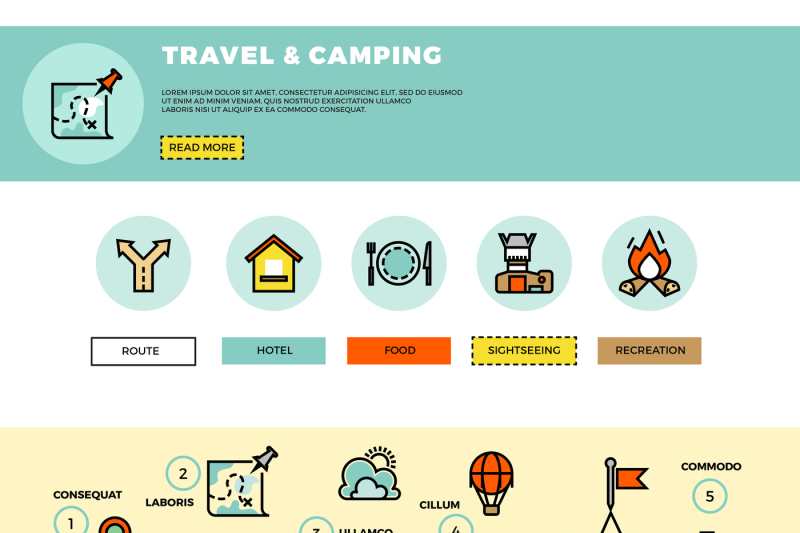Internal framework knapsacks are sleek, form-fitting, and steady for sturdy trails. They work well for males who need dexterity and equilibrium, but aren't always interested in heavy tons or cooler backs.
The gap between the pack and your body allows air to flow, keeping you cool on hot summer hikes or laborious climbs up. Their slimmer account additionally decreases the opportunity of catching on brush, branches, or rock faces.
Comfort
It used to be that external frame packs were the mark of an adventurous spirit - you 'd see young travelers trekking across continents and skilled thru-hikers lifting their large knapsacks high up on their shoulders, foam resting pads and ideal treking boots lashed to their steel frameworks. However considering that the development of inner framework packs, which utilize hidden frameworks that curve against your back, many hikers have surrendered their classic externals for something a little lighter and much more compact.
Internals are sleek and form-fitting, which makes them secure on sturdy tracks and a lot more comfortable when you're rushing off-trail. They likewise hold the weight closer to your body, directing it down your spine for better comfort designs. That claimed, internals can still really feel cumbersome, particularly when you're loaded up with camping gear. Thankfully, modern internals range from ultralight to luxurious layouts with lots of functional pockets and areas for fastening gear. They additionally often tend to have a space between the frame and pack bag that increases air flow.
Security
Normally speaking, internal frame knapsacks fit well versus your back, which keeps your center of gravity more detailed to your body's all-natural pose. This enables you to shift your weight around without shifting your structure or pack setting excessive-- a major advantage for clambering and other activities where your center of mass modifications on a regular basis.
They likewise tend to be extra secure when compared to external structures, which can persuade and move under heavy lots. Furthermore, they're simpler to strap equipment directly onto, which is a big plus when you're bushwhacking and might run into sharp rocks or branches that might otherwise grab your pack.
In movie, directors usually utilize a cotton bag method known as inner framing to enclose and stress a subject. Using aspects like doors, windows, and hallways, filmmakers can stimulate a sense of seclusion or confinement, including rich psychological subtlety to a scene. In fact, several of the most iconic scenes in Alfred Hitchcock and Stanley Kubrick movies utilize internal framework techniques to enhance suspense and stress.
Air flow
When it concerns air flow, your framework material can have a huge impact on your home's air movement. We have a tendency to concentrate a great deal on insulation and resilience, yet the framework layout plays just as important of a function in how well your doors and windows breathe.
Inner framework backpacks came onto the market in the 1970s, and they came to be prominent because of their formfitting nature, which guided the load better to the body. This allowed for better stability on a walk and improved comfort designs as it allows the pack to ride even more upright on the back and hips, rather than off the shoulders.
Nonetheless, these packs also have the downside of much less ventilation as they hug your back, which can lead to sweaty shoulders and upper body on hot days. Aerated backpacks like those made by zpacks, mld, and gossamer equipment provide some remedy for this problem, but they're commonly 2 or 3 times much heavier than their non-ventilated equivalents.
Weight
A couple of decades back, it was common to see square external structure backpacks holding on the wall surface of your local equipment shop. But today, the sleeker inner framework backpacks are ruling the routes.
They're sleeker and form-fitting, so they hold the pack better to the body. This helps maintain the tons on sturdy surface and while rushing off-trail. It likewise makes it less likely that you'll snag your pack on a bush, branch or cliff.
The tighter fit, nonetheless, minimizes air flow between your back and the pack. This can heat you up during summer walks. And while renovations in style have made them lighter, the rigid frame of an external structure pack could wear down your shoulder bands and hipbelt faster than a suspension system with a built-in structure.
